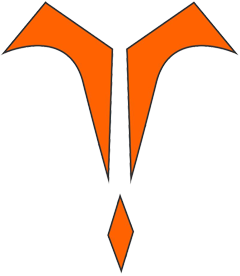Tethered Cord Sendromu ve Cerrahi Yaklaşım
DOI:
https://doi.org/10.5222/sscd.2014.078Anahtar Kelimeler:
Tethered cord, gergin omurilik, sendrom, manyetik rezonans görüntülemeÖzet
Konus medullarisin embryolojik süreçte, fizyolojik olarak 1. lomber vertebranın seviyesinde kalması, omuriliğin gerilmesi ve bunun oluşturduğu mekanik, iskemik ve metabolik değişimlerin oluşturduğu klinik tabloya Tethered Cord Sendromu (TCS) veya Gergin Omurilik Sendromu (GOS) denir. Klinik bulgular yaşa göre değişmesine rağmen, daha çok yürüme kusurları, idrar ve gaita alışkanlıklarında bozukluk, bel bölgesinde cilt anormallikleri, ayak deformiteleri şeklindedir. Yumuşak dokuya olan hassasiyeti nedeniyle tüm spinal Manyetik Rezonans Görüntüleme TCS’dan şüphenilen hastalara çektirilmelidir. Bununla beraber, ürolojik patolojileri göstemede ürodinamik testlerin hassasiyeti daha fazladır. Cerrahide amaç, omuriliğin kranial yöndeki hareketini engelleyerek, gerilmeye yol açan patolojinin ortadan kaldırılması ve sağlıklı nöral yapılara zarar verilmemesidir.

